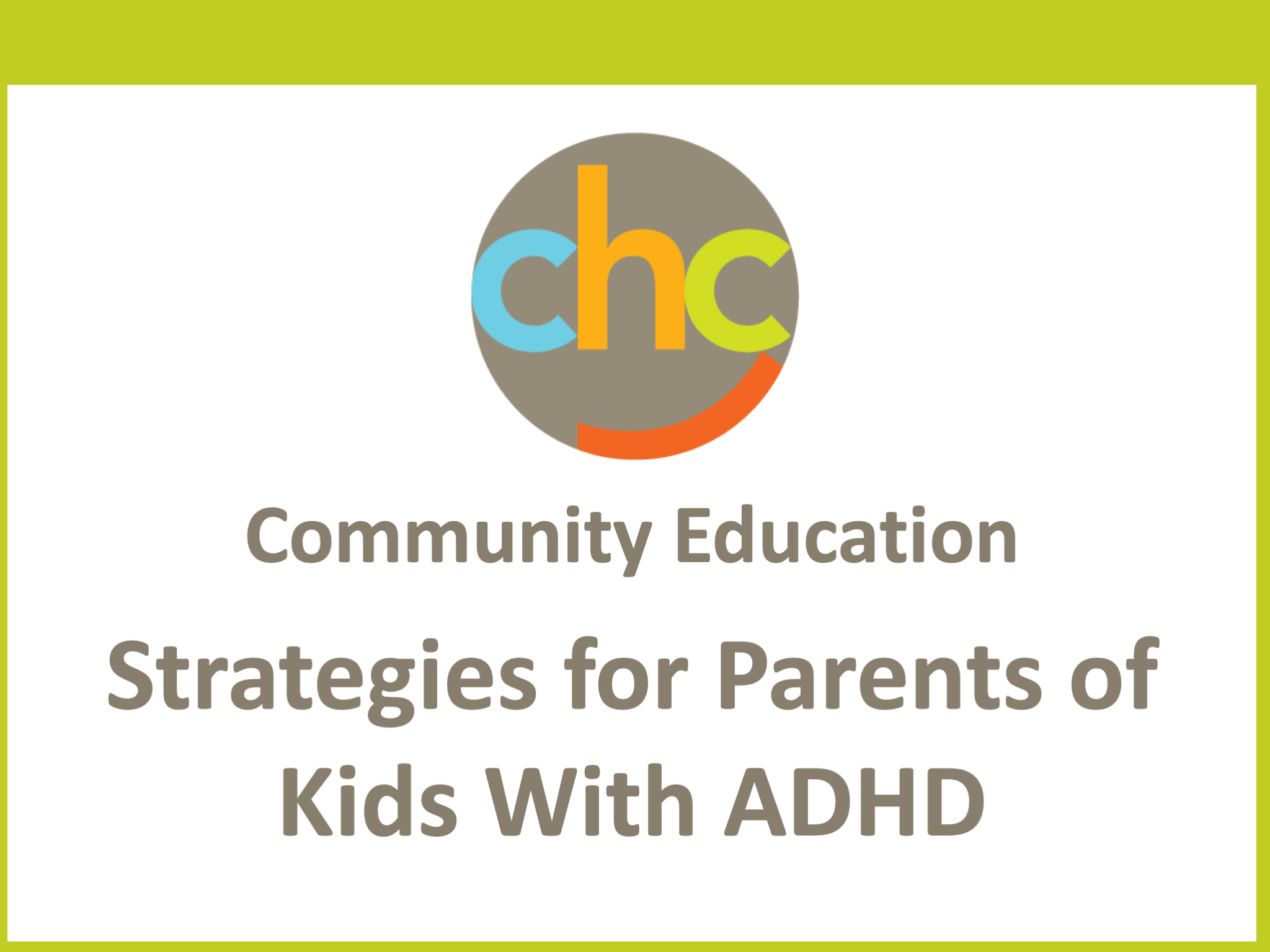By Alexa Wilmarth, CHC Psychiatric Mental-Health Nurse Practitioner

It’s no secret that the number one side effect impacting clients with ADHD who take stimulant medication is appetite loss. Most children and adults who take stimulant medication for the treatment of ADHD experience this side effect to one degree or another.
Then why take it, you might ask? Having ADHD can be debilitating both socially and academically, and this category of medication is one of the most effective for treating ADHD, with response rates in the 80-85% range. For many people, appetite loss is a manageable side effect that is worth putting up with in exchange for the medication’s benefits.
The good news is that appetite loss only occurs while the medication is in effect, which, for an extended-release formulation, tends to be from about 8:00am – 4:00pm. (This window can vary depending on what time medication is taken in the morning). Once the medication wears off around the end of the school day or early evening, appetite typically returns, sometimes ferociously. Late afternoons can be a challenging enough time for many of our children, without adding the element of “hanger” (irritability/anger due to extreme hunger). This can take a toll on both parents and children alike. Plus, it’s very important that your child get adequate nutrition to support growth.
Tips for managing appetite loss
Below are my tried-and-true tips that I recommend to my clients and their families for managing appetite loss.
1. Make breakfast the most important meal of the day
Aim to offer a hearty, nutritious breakfast about 30 minutes before administering the medication. Once the medication takes effect (approximately 30-60 minutes after taken), your child may have zero desire to eat during the next 7-8 hours. The key is to feed your child breakfast before the appetite suppression begins to take effect. Taking the medication on an empty stomach can, for some, actually potentiate side effects, including appetite suppression.
2. Pack preferred snack items in your child’s school lunch
Stimulant-related appetite loss is real. Avoid power struggles around food and be mindful that if your child only picks out the chips or sweets from their lunch, it is likely because this is all they can manage to get down. Appetite suppression can make kids much less likely to eat the nutritious items in their lunch, so they may only select a preferred item. Some calories during the school day are better than no calories.
Take your child grocery shopping with you so they can select snack items they think they will eat during these hours.
Choose other mealtimes, like breakfast, dinner or bedtime, to fit in nutritious food items.
3. Offer another meal before bedtime
Offering a bedtime meal—such as an easy peanut butter and jelly sandwich, fruit, and a glass of milk—helps offset missed calories from lunchtime.
Consider adding a daily afternoon or bedtime smoothie. This may allow you to get some extra protein in, too. One of my favorite recipes to suggest to families includes: 1 banana, 2% or whole milk, 1 large spoonful of peanut butter or almond butter, a scoop or serving of chocolate protein powder of your choice, and some ice. It’s just four ingredients and it’s delicious!
4. Use the lowest dose possible that adequately treats symptoms of ADHD
In psychiatry, we always aim to use the lowest dose possible that adequately treats symptoms in order to reduce any potential side effect burden. Stimulant medication is no different. Talk with your medication provider to weigh the risks and benefits at each dose.
5. Consider immediate release formulation (if clinically appropriate)
If lunchtime is especially problematic, consider an immediate release formulation. Many times we will consider this treatment approach if a child is truly unable to get any calories in during the school day. An immediate release tablet only lasts for 3-4 hours before wearing off, so typically this formulation is dosed twice per day, allowing for a child to eat a quick lunch before taking the afternoon dose. This can make for tricky timing, and you’ll need to check with your child’s school about giving the second dose of medication after lunch. Be sure to consult with your child’s medication provider to discuss in more detail.
6. Keep up with your child’s annual wellness physical exams
It’s important to monitor growth while taking stimulant medication. Be sure your child is seeing their pediatrician at least annually to ensure they are staying on track with their growth curve.
7. Consider non-stimulant medication
If the above strategies are not helping and your child is losing weight and/or falling off of their growth curve, consider non-stimulant medication such as guanfacine, clonidine, or Strattera, all of which are also FDA-approved for the treatment of ADHD and can be very effective. Meet with your child’s medication provider to weigh the pros and cons, and risks and benefits of each approach.
When in doubt, always consult with your child’s medication provider for questions about medication and side effects. Managing your child’s appetite while they’re on ADHD medication can be a challenge, but these strategies will help your child get the calories and nutrition they need to keep them feeling their best and for optimal growth.
Alexa Wilmarth is a board-certified Psychiatric Mental Health Nurse Practitioner (PMHNP) who provides comprehensive psychiatric evaluation and medication management for children and adolescents. She is a strong advocate for health and wellness in her patients and emphasizes the role that sleep, nutrition, exercise and socialization have on how her patients feel. Before pursuing advanced practice nursing, Alexa worked for several years in the adolescent residential eating disorder treatment setting.









